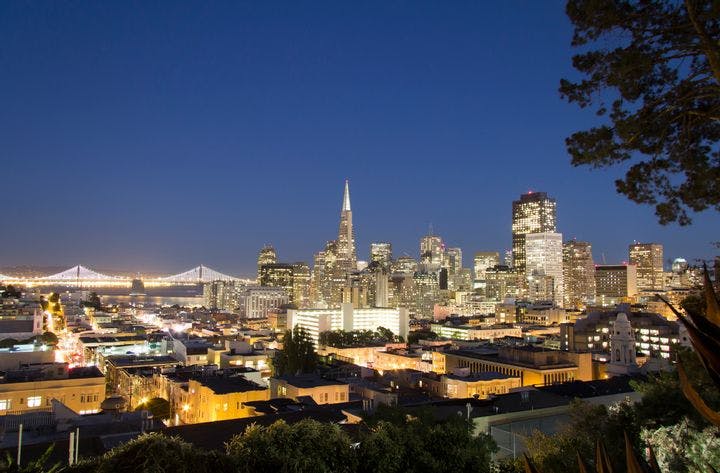Summer 2009
Money for Metros
– The Wilson Quarterly
A study suggests that all that stimulus money would be better spent on metropolitan areas than given to states.
Here’s some advice for Washington: To get the most out of each stimulus dollar, focus on the country’s top metropolitan areas and forget about the states.
The 100 largest metro areas are the engines of the U.S. economy, write Bruce Katz, Mark Muro, and Jennifer Bradley, of the Brookings Institution’s Metropolitan Policy Program. Though these urban centers occupy just 12 percent of the nation’s land area, they generate two-thirds of its jobs and three-quarters of its gross domestic product. California has the eighth-largest economy in the world, but most of the activity is concentrated in just four metro areas. Together, the economies of Los Angeles, San Francisco, San Diego, and San Jose are larger than India’s.
The federal government sends the bulk of infrastructure funds to states, whose departments of transportation tend to favor building new roads across wide expanses of rural land. If that money were invested instead in urban areas, its effects would be far greater, the authors say. In dense locations, more people benefit from improved infrastructure.
But Washington is ill equipped to coordinate the multiple levels of government in metro areas, many of which extend into multiple municipalities and even states. As a result, programs dealing with housing and schooling or transportation and energy “remain largely divorced from one another, precluding integrated problem-solving.”
Nearly 70 years ago, the historian Arthur Schlesinger Sr. wrote: “These urban provinces, new to the American scene . . . face grave difficulties in meeting the essential needs of the aggregate population. . . . It is clear that new and unanticipated strains are being placed on the federal system framed by the Fathers for a simple agricultural economy.” It’s long past time, the authors say, for a new approach.
THE SOURCE: “Miracle Mets” by Bruce Katz, Mark Muro, and Jennifer Bradley, in Democracy, Spring 2009.
Photo courtesy of Flickr/Luke Price
